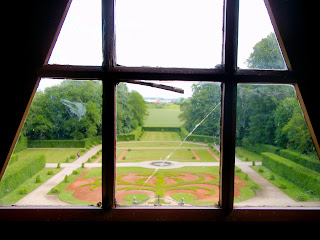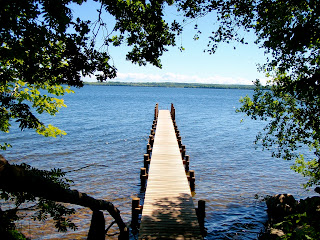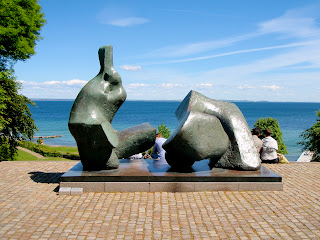Today we visited Egeskcov Castle, a historic castle situated in Jutland, Denmark. The Castle was built in the 15th century by Lydike og Jorden Skinkel, and was later sold to the Bille family in the 18th century who still have ownership over the estate today. The large estate is located in Jutland's country side and is hidden from urban centers. The castle is the best kept water castle in Europe, and the estate's gardens have won several awards over the years. The estate is open to the public year round, providing access to the castle and the surrounding gardens, playgrounds, museums, and mazes. The castle was opened to the public in the 1960's after a recession in Denmark. The public access to the land is a great representation of the Danish egalitarianism, as it brings the rich down to the general public's income level.
The space is designed to target all people and make everyone feel welcome. This is done by making the tours offered in multiple languages and the multiple attractions appealing to all different age groups. The space is now used for public purposes such as cultivating food, educating visitors on Denmark's history, and amusing visitors. Transitioning the land from private to public use is clearly beneficial to the population of Denmark and the estate owners, which brings the two groups to a middle ground. The owners use the profits from the land to maintain the gardens, the castle, and the attractions, whereas the public benefits from the experience of visiting the property. This mutual relationship is important, as one cannot exist without the other, and this reliance on each other creates egalitarianism.





























